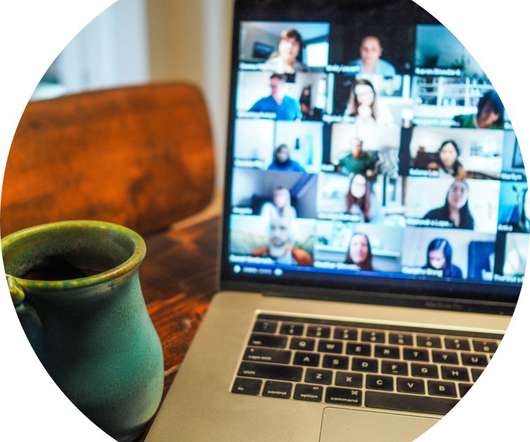How I learned to stop yawning and love the Zoom Room
Candid
MARCH 23, 2022
So do everything you can to recognize the attendees as they join: say their names, ask them to share where they’re from, have an interesting icebreaker , play music—whatever makes them feel welcomed and human, not just a square box there to receive a lecture. . Launch a poll, ask for feedback, switch speakers, turn off the slides.



















Let's personalize your content